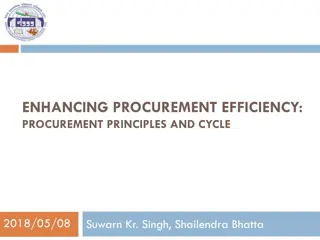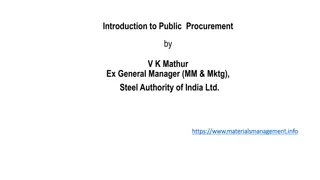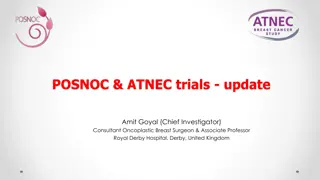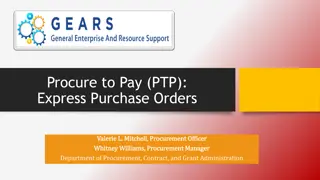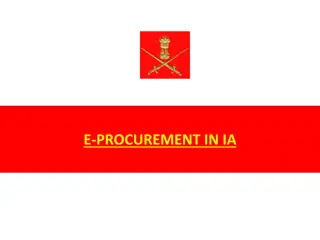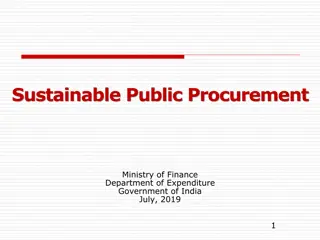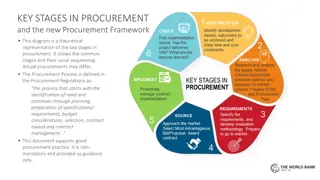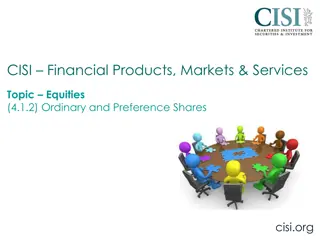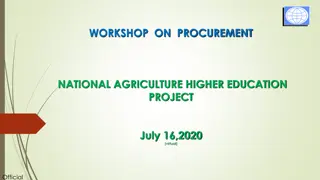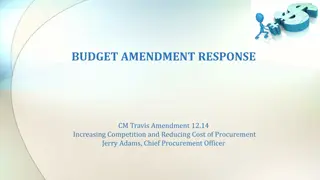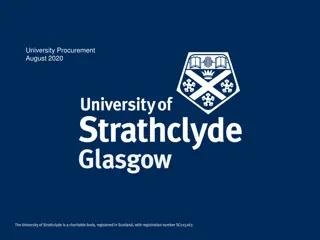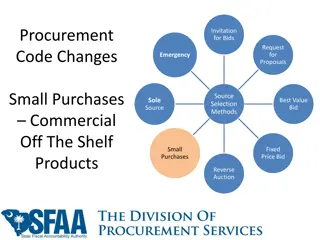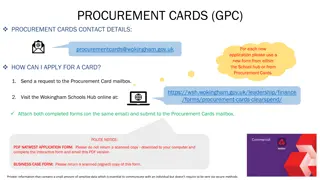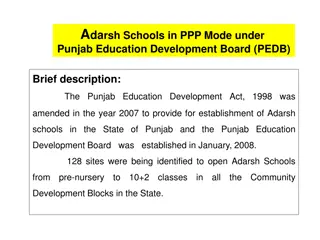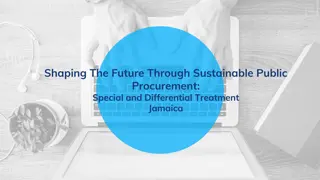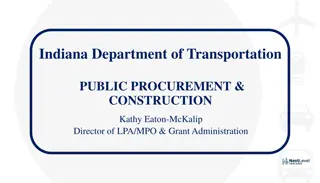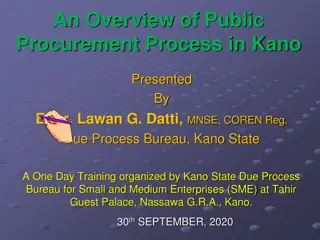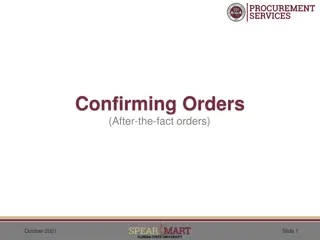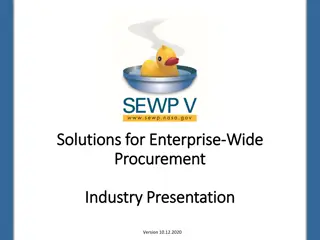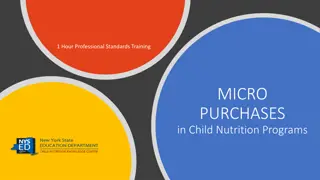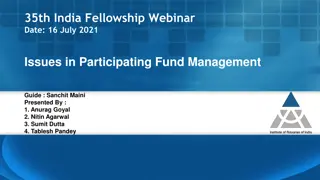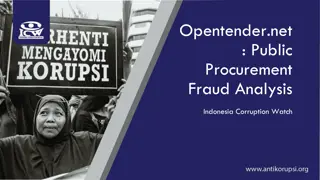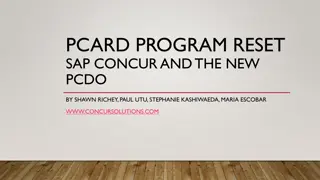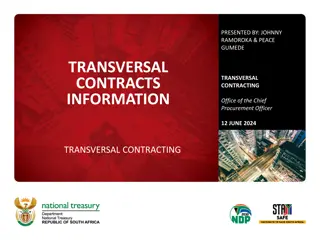Public Procurement Preference to Make in India (PPP-MII) Key Note Presentation by Prof. NK Goyal
Public Procurement Preference to Make in India (PPP-MII) aims to promote domestic manufacturing through local value addition, providing purchase preference to local suppliers. The policy applies to Government procurement, including Central and State schemes, with specific preferences and zero tolerance for discrimination. It also encourages the use of domestically manufactured telecom equipment in the non-Government sector.
Download Presentation

Please find below an Image/Link to download the presentation.
The content on the website is provided AS IS for your information and personal use only. It may not be sold, licensed, or shared on other websites without obtaining consent from the author. Download presentation by click this link. If you encounter any issues during the download, it is possible that the publisher has removed the file from their server.
E N D
Presentation Transcript
Public Procurement- Preference to Make in India ( PPP-MII) Key Note Presentation by : Prof NK Goyal, Chairman Emeritus TEMA, President CMAI, Vice Chairman ITU APT Founding Member TEPC nkgoyals@yahoo.co.in 98 111 29879 www.cmai.asia, www.tematelecom.in
About CMAI/TEMA TEMA- the only association promoting focused approach for telecom equipment manufacturing CMAI- the prime association for promotion of entire sector of ICT-electronics, telecom, mobile, Cyber Security, multimedia, convergence, applications in education/health etc. CMAI with 74 MOUs partners globally with branch offices in Japan, Korea, Singapore, Taiwan, China and Malaysia, USA, UK, Germany, Singapore, Dubai etc. involved in Mobile, Telecom, 3G, 4G technologies and products. It is involved in policy formulations with Government, BIS, DeitY, DOT, Export/Import, Customs, Taxes Duties, IPR, Standards, Quality Testing , Government procurement etc. It offers one window service for information dissemination, guidance on setting up businesses in India. It connects to Industries, Government, Trade and Business It also offers consultancy services on turn key basis through its member companies
Legal Backing of PPP MII PM, India announced Make in India first time on 25.9.2014 Governed by Public Procurement (Preference to Make in India), Order 2017, original 15.6.2017 & revision dated 28.5.2018 The policy is implemented through an Order pursuant to Rule 153(iii) of the General Financial Rules, 2017 to provide purchase preference (linked with local content) in Government procurements. Under the policy, preference in Government procurement will be given to local suppliers/manufacturers Local suppliers are those whose goods or services meet prescribed minimum thresholds (ordinarily 50%) for local content. Local content is essentially domestic value addition.
Govt. emphasis on PPP-MII AIM-to promote Domestic Manufacturing and spur income & employment. Local Value addition provided Applies to all procurement by Govt. Ministries/departments, Govt. companies & Autonomous bodies including Smart cities. As per notification dated 16.4.2019, PPP MII applies to all Central Schemes Central Sector Schemes for procurement made by States & local bodies, if project or scheme is fully or partially funded by Govt. of India. Preference: (i) only local manufacturers eligible for tenders upto Rs 50 lacs. (ii) For procurement over Rs 50 lacs, purchase preference of 20%. Zero Tolerance: to discrimination, every procurement officer to certify compliance to MII before uploading, restrictive eligibility conditions can not be laid, punitive action under Vigilance and Civil Services Rules.
How does MII help in non Govt. Telecom Sector In addition to demand from Govt. sector, Govt. POSUs, there is enough demand from private sector also. Govt. is considering giving discount in license fees/AGR to private operators to the extent they use domestically manufactured telecom equipments in a block. That means OFC, SDH,OLT,Wireless etc. all pout together. The specific product and company s name would be included in consultation with TEMA/COAI, to be precise. The scheme is that of operators procure 50% of their total requirements from Indian domestic manufactured companies, then they will get 50% discount in License fees and AGR. One of telecom operator is planning to have its own R&D in this behalf. SO ONE SHOULD START MAKE IN INDIA TO GET PIE OF ORDERS.
Motivation to make MII 5G India second largest global market for 4G,5G and upcoming 6G. A India Global 6 G Forum has been formed and work initialed. Big market ahead from USO, Railways, PSUs, Defense, Smart Cities PPP MII will be applicable for Govt. operators, PSU Operator as also private operators. Indian market can not be ignored.
How to make use of PPP MII India second largest global market for 4G,5G and upcoming 6G. A India Global 6 G Forum has been formed and work initialed. Big market ahead from USO, Railways, PSUs, Defense, Smart Cities Indian market can not be ignored. Two options: 100% Owned Mfg Unit: Several incentives available from Federal and Central Govt. including proposed 5% production linked incentive. Cooperation with local companies best way to take benefits of MII, as it allows Local Content as below: the local content can be increased through partnerships, cooperation with local companies, establishing production units in India or joint ventures with Indian suppliers, increasing the participation of local employees in services and by training them.
Next steps for a US company to take to reap benefits of MII Take a decision at corporate level to have MII in India Identify and select 1 or 2 Indian companies for cooperation as PPP MII Policy allows use of local companies for technology transfers, cooperation and local content. Negotiate and finalize with Indian companies the terms of cooperation. Come out with probable list of components available within India as of now or that can be imported by Local companies and then sold to identified company to include in MII. Start developing some Indian companies, who can be identified to do some other integration works. Consider filing some patents from Indian soil, so that they qualify as Indian patent. Advocacy at the level of DOT,TEC, DIPP for ensuring reasonable terms. The Value addition contents can be discussed with DOT and reduced from 50% to a reasonable level.
Preference in Purchase According to this order, purchase preference shall be given to local suppliers in all procurements If L1 bid is not from Local supplier, 50% of the order quantity shall be awarded to L1. Thereafter the lowest bidder among local suppliers will be asked to match the L1 price within margin of purchase preference. And contract for that quantity shall be awarded to local supplier subject to matching L1 price. Margin of purchase preference means the maximum extent to which the price quoted by a local supplier may be above the L1 for the purposes of purchase preference
Local Content defined As per the Order, the minimum local content shall ordinarily be 50%. Telecom Ministry authorized to reduce or increase the Local Content. Local content means the amount of value added in India, which shall be total value of item procured (excluding net domestic indirect taxes) minus the value of imported content ( including custom duties) as a proportion of the total value, in percent. As of now DOT prescribed Local Content as . Advocacy needed in DOT to have local contents as may suit foreign manufactures. The local supplier required to provide a certificate from the statutory auditor or cost auditor of the company or from a practicing cost/Chartered accountant giving the percentage of local content.
DOT Notifications for PPP MII DOT latest notification for products and value addition etc. is dated 29.8.2018 . Earlier DOT issued policy for Preferential Market Access (PMA) on 5.10.2012 and notified Value Addition norms on 11.1.2017. The local manufacturer has to manufacture equipment from component level in India and also develop local vendors for procurement of raw materials, components, parts for increasing local content. DOT has also identified conditions for the inputs to be qualified as Local contents and maximum ceiling for deign as LC out of total LC. The mandatory procurement from make in India for various products is 50 to 100%. Local content also varies45-100%
DOT Notifications for PPP MII.Page 2 DOT has notified 36 products as of now, which covers Sr. Nos as below: 10. DWDM/CWDM systems 11. GPON I XGS-PON, NG-PON2 equipment (including ONT and OLT) 14. 2 G/3 G GSM based Base Station Systems, with its various derivatives including rural & disaster response, Macro & Micro BTS, Small Cells, NIB, C-RAN BBU and RRH 15. Small Size LTE/LTE-R Based Mobile Systems, with its various derivatives including rural & disaster communications, Macro & Micro eNodeB, Small Cells, EPC, NIB C-RAN BBU and RRH ,LTE/LTE-R/4.5 GI 5 G based broadband wireless access systems (eNodeB,gNB, EPC, etc.)
DOT Notifications for PPP MII.Page 3 16. LTE/LTE-R Based Mobile Systems, with its various derivatives including rural & disaster communications, Macro & Micro eNode B, Small Cells, EPC, NIB C-RAN BBU and RRH ,LTE/LTE-R/4.5 GI 5 G based broadband wireless access systems (eNodeB, gNB, EPC, etc.) 17. Wi-Fi based broadband wireless access systems (Including Access Point, Aggregation Block, Core Block), lntegrated Broadband system 18. Microwave Radio systems (IP/Hybrid), Mobile Front haul BBU and RRH (CPRT, eCPRI, FlexE, RoE, NGFI) 19. Software Defined Radio, Cognitive Radio systems 20. Repeaters (RF/RF-over-Optical), JBS, and Distributed Antenna systems
DOT Notifications for PPP MII.Page 4 23. Network Management systems (NMS) with its various derivatives 24. Security and Surveillance Communication Systems 30. SDN Software Controllers, NVF and CNF software 31. Telecom Cloud infrastructure, Telecom Data centers 36. Telecom Services/Works
TEC Specifications DOT has also prescribed in its order dated 29.8.2018 that the telecom product shall comply with the latest TEC GR/IR, if such GR/IR has been issued. Govt. also mandated under Indian telegraph Rules that all telecom equipment to be imported or made locally to be tested by TEC accredited Labs. TEC in the process of making Essentially Requirements for Mandatory testing. TEC also making Generic Requirements for product, which are generally taken as a reference by PSUs & all telecom operators for purchases. Hence advocacy also needed in TEC to see that the specifications under formulation suits foreign manufacturers.
Thanks get Connected nkgoyals@yahoo.co.in +91 98111 29879


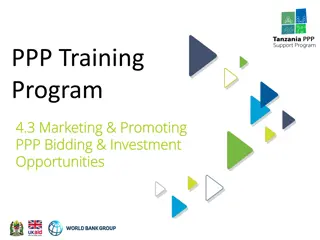

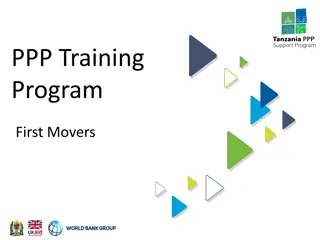
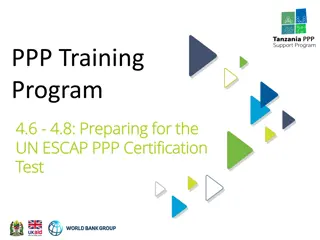
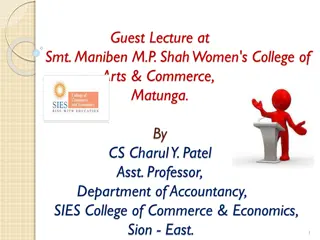
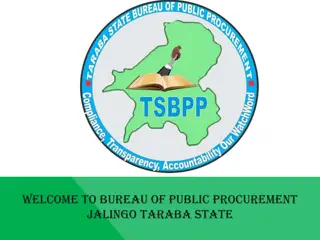
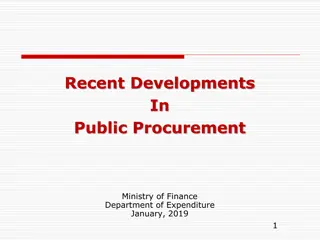
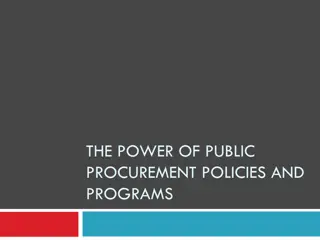
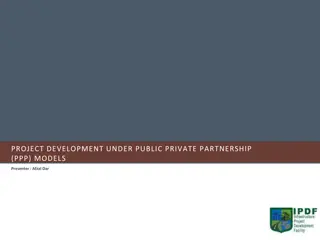

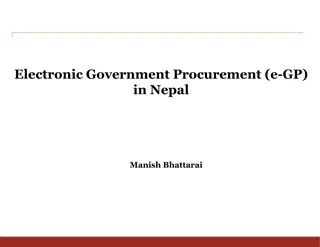
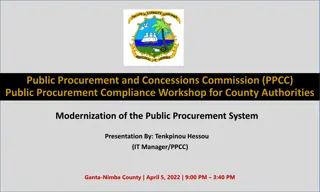
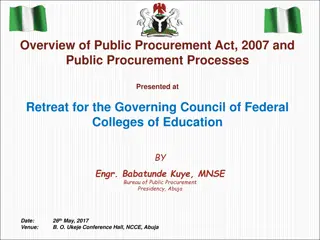
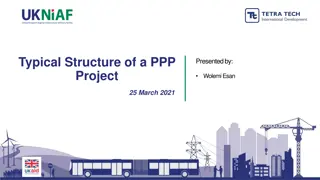
![Comprehensive Overview of Corruption Watch Submission on Public Procurement Bill [B18B-2023]](/thumb/138344/comprehensive-overview-of-corruption-watch-submission-on-public-procurement-bill-b18b-2023.jpg)
